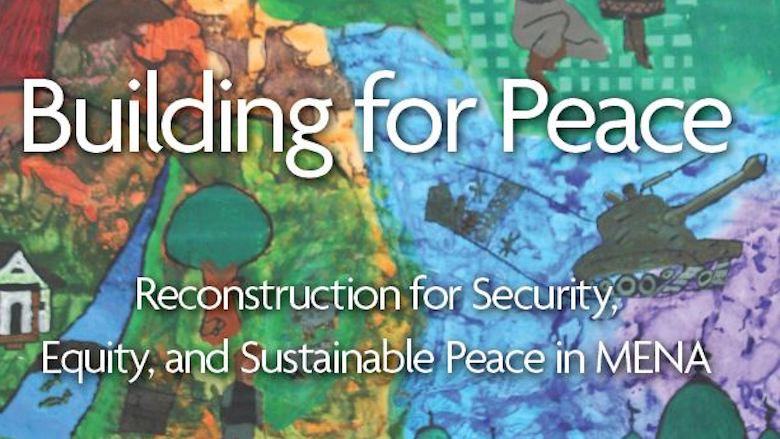Spawning insecurity, mass displacement, and disorder, the conflict and violence in Iraq, Libya, Syria, and Yemen has posed new and unprecedented challenges to practitioners and policymakers.
The need for a new approach
Protracted conflict has locked Iraq, Libya, Syria, and Yemen into cycles of violence. These conflicts have fractured relationships within and between communities, and undermined social cohesion. They are both localized in parts of a country and have also created regional and international spillovers that draw in multiple regional and global actors with different interests. They have also reconfigured the political economy in war-torn societies and their neighboring countries, with illicit and informal economic activities flourishing domestically and regionally, prompting not just a change in the workforce but also feeding into the establishment of war economies. The systems that once promised order — state structures, institutions, economic networks and social fabrics — are fragile, fragmented and stressed, testing the limits of reconstruction and peacebuilding approaches.
What can be done differently?
To break the cycles of violence and ensure that interventions are anchored in the needs of the communities affected by conflict, policymakers and practitioners should complement the approaches centered on physical reconstruction and central government institutions with more bottom-up, inclusive engagement that leverages existing assets. They should pursue a more holistic and multisectoral approach focused on building rather than rebuilding the past that addresses the different layers of complexities in these environments by:
- Supporting legitimate and inclusive institutions at all levels: reforming central institutions, while retaining institutional capacitates at the local level without exacerbating grievances and rebuilding the past. Involving and supporting local communities to promote social cohesion and build social capital.
- Creating sustainable economic opportunities for all: Restarting local economies and trade by supporting small scale private sector and jobs that empower communities and providing small scale infrastructure, while acknowledging war-time economic order and the interaction of communities’ coping mechanisms with the war economy.
- Building on resilient assets while addressing damages: Focusing on local (social and economic) assets that have emerged to ensure sustainability and to avoid rebuilding the past and prolong existing grievances.
Developing a comprehensive understanding of the situation on the ground and staying engaged at the regional, center and local level with all actors can help prevent "blinders in policy design" and ill-conceived interventions that could prove to undermine the future of peace. This can be achieved by:
- Articulating a long-term strategy that addresses grievances and helps to evaluate policy tradeoffs: Understanding the factors that led to conflict as well as the present allocation of resources and the political and economic interests revolving around war to map the future through the development of a long-term vision for sustainable peace that takes into account associated risks, constraints and tradeoffs.
- Engaging flexibly with a diverse set of actors and allowing for learning and adaptation: Forging partnerships to identify entry points and build, incrementally, on the existing assets. Using flexibility in engaging with counterparts and key stakeholders and allowing for learning and adaptation as the conflict evolves.
- Conducting assessments without blinders: Compiling an integrated and comprehensive assessment of existing assets and opportunities by engaging with a broader group of actors involved in, and affected by, the conflict by employing new technologies and innovations, and by relying on existing partnerships.
This report combines recent development thinking with original research to propose a multidisciplinary approach. It comprises the input and collective thinking of more than 15 think-tanks and policy institutions, academic researchers, policymakers, government officials, and other international organizations and NGOs, from the MENA region and globally, who collaborated over a period of two years. Report findings also span feedback from citizens of the region, experts and practitioners through a series of consultative workshops and online surveys conducted anonymously in Iraq, Libya and Yemen.
Join us on July 15, 2020, for a live discussion on the report from the Fragility Forum 2020.
Click here to register: Fragility Forum 2020
